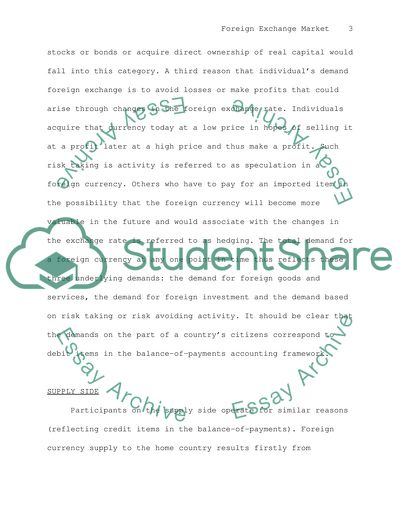Cite this document
(The Foreign Exchange Market Assignment Example | Topics and Well Written Essays - 2417 words - 1, n.d.)
The Foreign Exchange Market Assignment Example | Topics and Well Written Essays - 2417 words - 1. Retrieved from https://studentshare.org/macro-microeconomics/1703873-the-foreign-exchange-market
The Foreign Exchange Market Assignment Example | Topics and Well Written Essays - 2417 words - 1. Retrieved from https://studentshare.org/macro-microeconomics/1703873-the-foreign-exchange-market
(The Foreign Exchange Market Assignment Example | Topics and Well Written Essays - 2417 Words - 1)
The Foreign Exchange Market Assignment Example | Topics and Well Written Essays - 2417 Words - 1. https://studentshare.org/macro-microeconomics/1703873-the-foreign-exchange-market.
The Foreign Exchange Market Assignment Example | Topics and Well Written Essays - 2417 Words - 1. https://studentshare.org/macro-microeconomics/1703873-the-foreign-exchange-market.
“The Foreign Exchange Market Assignment Example | Topics and Well Written Essays - 2417 Words - 1”, n.d. https://studentshare.org/macro-microeconomics/1703873-the-foreign-exchange-market.


